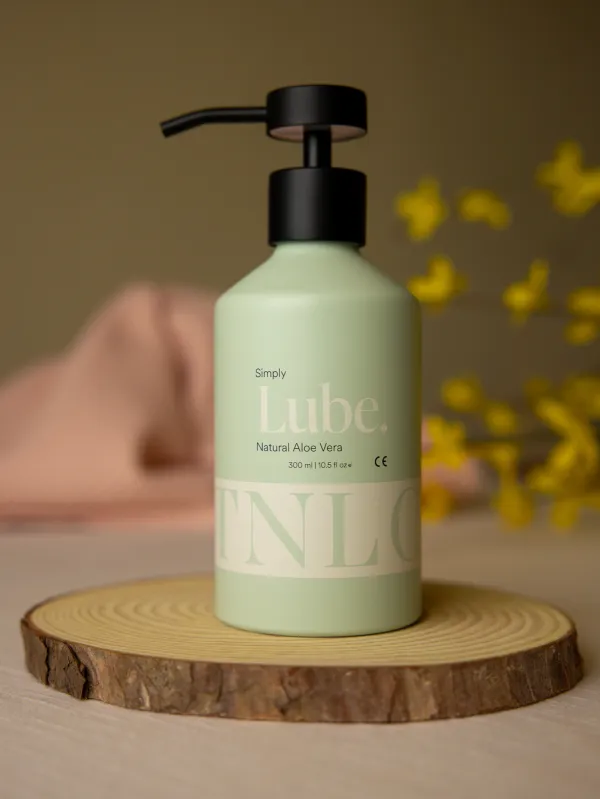What Are the 6 R's of Sustainability?

I am sure you feel confident with the three R's of sustainability. We all know we should ‘reduce, reuse, recycle’ but there are more R's that you may not know. It turns out that ‘Rethink’, ‘Refuse’, and ‘Repair’ are also important pillars for reducing your waste and living in a more sustainable way. In this blog, I will be covering all six R's of sustainability to provide clarity and why each one is of equal importance.
Rethink
Supermarkets are designed in a way to tempt us with chocolates near the tills. Re-thinking is reviewing your buying and consumption habits and making alterations for the planet and your bank account.

To apply “rethink” in practical terms, let's review our clothes shopping habits. With 52 seasons of clothes a year, it can be easy to splurge on clothes, but do you need more clothes? Spend time looking through your wardrobe, create outfits using what you have, then assess do I need to buy more clothes. A concept called Project 333 wants to tackle our excessive wardrobes. The challenge is simple: to only wear 33 articles of clothing for the next 3 months. According to the challenges; clothing, accessories, jewellery, outerwear, and shoes count towards your number. However, exceptions include wedding rings, underwear, sleepwear, in-home loungewear, and workout clothing.
Here in the UK, we send 300,000 tonnes of clothes to landfill. More shocking is data suggesting 10,000 items of clothing being sent to landfill every five minutes, equivalent to £140 million in value every year. Clothes Aid states that 700,000 tonnes of clothing to recycling centres, textile banks, clothes collections and charity each year. WRAP wrote that 700,000 tonnes of CO2e could be saved through people changing their clothing care habits, perhaps we could all consider our habits when buying new.
Most of the R’s in the list all revolves around the mind-set of you as an individual and the company or business that create the products for the consumer. The aim is to consider how our actions such as buying products affects the environment and others. To assist our decision-making consider the following, Do I really need this? Where does the product come from? What will happen at the end of its life? Can I do anything differently to lessen my negative impact?
Refuse
The second 'R' is about refusing to pay money for goods that would end up generating a large amount of waste or a big carbon footprint. This can be achieved by refusing to buy from corporations for ethical reasons or refusing items that are given out freely. Freebies such as pens are made from plastic, and it can be easy to collect handfuls of them. However, I have seen some changes with bags containing seeds and paper-based products.

At this point, we have begun to rethink our habits, and this step puts our ideologies to the test. For example, it can be hard to say no to freebies, however, we all have the power to say no to things that would be wasteful. Consider are the free items of use, some stalls might give a free branded pen, I have also seen free power banks and reusable cups.
Before making a purchase, try to refuse. There is a saying which says that we can vote with our money. While this does not apply with free items, we have the power as consumers to refuse items which do not meet our certifications. Knowing what to refuse takes some research to educate ourselves and form a plan. I found The Ethical Consumer a valuable tool to decipher companies and their subsidiary brands. While most of their content is paywalled, they have a good selection of free guides and an email newsletter. Look for accreditations outside their guides, such as vegan, cruelty-free, or organic. Perhaps you may wish to start smaller and see if the packaging is plastic free, or the produce is fair trade, otherwise refuse where possible. Typically, the most sustainable item you have is the one you already have.
Reduce
Reduce is the first part of the 'reduce, reuse, recycle' we have engrained. The initial measure is directed towards reducing the quantity of items we possess. For example, going from 10 to 5 beauty products will generate less waste.

The message is simple, try to reduce what you use, natural resources are being depleted at record highs as marked by Earth Overshoot Day. Being aware of what we consume is vital when it comes to reducing our consumptions. To help reduce our impact, consider the packaging of products. Is the product available to be bought in bulk or packaged minimally or not at all. Though reduction is not always about physical waste, spending less time in the shower reduces the water we consume.
Re-use
Investing in reusable alternatives to single-use products is a habit that is worthwhile maintaining. Whether it is as simple as reusable shopping bags or moving to refillable cleaning products rather than plastic packed products. This helps to save plastic heading to a landfill.

Reusing jars is fairly common, though there is a point when you have too many jars, though some people may disagree. While some jars can be plain and feel boring, they are great for storage in the kitchen, stationary or wherever you think. You could put fairy lights inside a gin bottle, perhaps.
We have looked at rethinking and changing our mindset when contemplating buying something new. We also want to consider what goods do we currently have. An example is when I moved from liquid shampoo to bars of soap, I used up all the liquid shampoo. I would rather not waste a product that I had bought with my money, even if the product was not as effective as the new product for my hair. Products that are disposed of before their end of life create more waste and pollution. Before disposing of an item, could it be cleaned, refurbished, repurposed or donated? Bags are a common household reusable product; however, you may wish to consider coffee cups, water bottles, cutlery, and straws. Though only buy a reusable you are going to use, if you do not regularly use a straw, do you need a reusable one?
Repair
Repairing goods allows a second lease of life, whether it is due to wear and tear or an accidental breakage. While not every item can be easily fixed, guides online might be able to assist the process. In some cases, someone else might be able to repair the item, in our case, a neighbour of ours can repair and alter clothing to fit.

Online groups might be available to join where you can source repair centres to take broken goods in the hopes they can be fixed by an expert. Perhaps, if you can repair items skilfully, you could try to assist those in the community who may appreciate this service.
Recycle
If all else has failed, disposing of something sometimes has to be done. This is why our last ‘R’ is for recycling on our list!

To ensure you are not wish-cycling (the process of putting an item in the bin in hopes it can be recycled) it is important to understand what can be recycled and where. There are smaller acts of recycling that can be done around your home, which have more of a visual impact. Water can be recycled for plants or creating a compost heap.
Recycling, unfortunately, is a system which is broken, here in the UK, local councils can accept and deny items to be recycled. This creates confusion, as items in one borough might be accepted while they are not elsewhere. I would not be surprised if the UK is not the only country where this practice occurs. Recycling stops waste going into landfill or finding ways to harm the environment and animals, such as ending up in our waterways and oceans. Recycling normally consists of paper/card, plastic (however, not all plastic can be recycled), glass and metal. All of these can be processed and reused in other products. Supermarkets and shops may also have their recycling schemes for batteries, electronic waste and some types of plastic.




